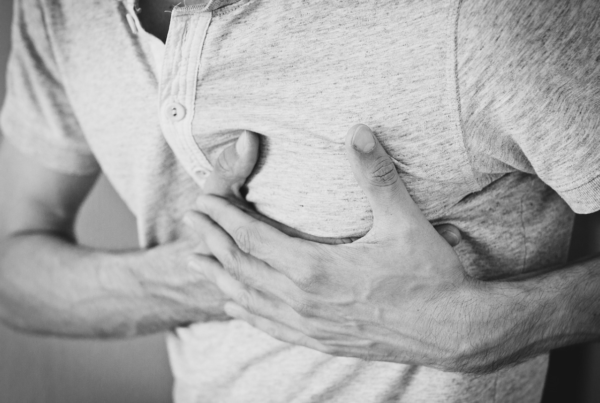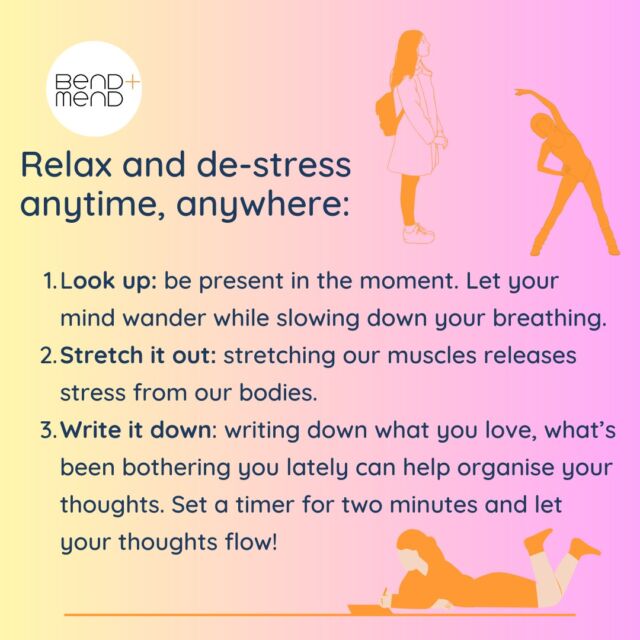 Thoracic outlet syndrome (TOS) is a very broad term for a group of conditions that involves the compression of nerves and/or blood vessels as they pass through the thoracic outlet between the neck and the armpit.
Thoracic outlet syndrome (TOS) is a very broad term for a group of conditions that involves the compression of nerves and/or blood vessels as they pass through the thoracic outlet between the neck and the armpit.
While the most common site of compression is between the collarbone (clavicle) and the first rib, these structures can also be caught between your scalene neck muscles and the first rib, or the pectoral chest muscle and the shoulder (coracoid process).
The symptoms caused differs depending on the structure that has been compressed. TOS often presents as a mixed picture including pain, neural and/or vascular compromise. Symptoms can vary dramatically between individuals and they may be felt constantly or on and off. In some cases, the sensation of arm weakness may be felt or the feeling that the arm fatigues quickly. Numbness or tingling are not uncommon in either the entire upper limb, forearm or hand. Some people report a swollen feeling or coolness in the arm.
While there are many factors that can increase the risk of TOS, athletes that repetitively complete overhead activities are particularly at risk.
Some other contributing factors are:
- Dropped, sloping or protracted shoulders. This can decrease the space in the cervical-axillary canal leading to a higher risk of compression.
- Congenital abnormalities such as a full cervical rib. For most people the first rib also attaches to the top vertebrae in the thoracic spine. In some cases, there is an extra rib that would have been present since birth. This rib that has grown out of the base of the neck.
- Trauma such as fractures of the clavicle or first rib.
- Altered scapular movement patterns.
Physiotherapy Treatment of TOS:
The focus of Physio treatment depends on the area of compression and the type of structure that has been affected. Your Physiotherapist will perform a full assessment of your neck, upper back, shoulder and arm to confirm the cause.
It is important to understand the activity that aggravates your symptoms. Your Physiotherapist will have a look at your shoulder, trunk and neck move during the assessment. Often treatment will start by altering your posture and looking to see if there is a reduction in symptoms. Shoulder, neck and scapular strengthening exercises will be prescribed to assist you in maintaining this position. Rehabilitation will slowly work towards returning to your chosen activity.
Manual therapy by your Physiotherapist can also be useful to reduce the symptoms. Soft tissue release and stretching can loosen muscles such as your scalene or pectoral muscles. Upper back, neck and first rib mobilisation will assist in ensuring that you gain or maintain the range of motion that you need.
If you are experiencing any of the above symptoms, please call us on 92325566 or enquire here to see one of the team at Bend + Mend in Sydney’s CBD.







